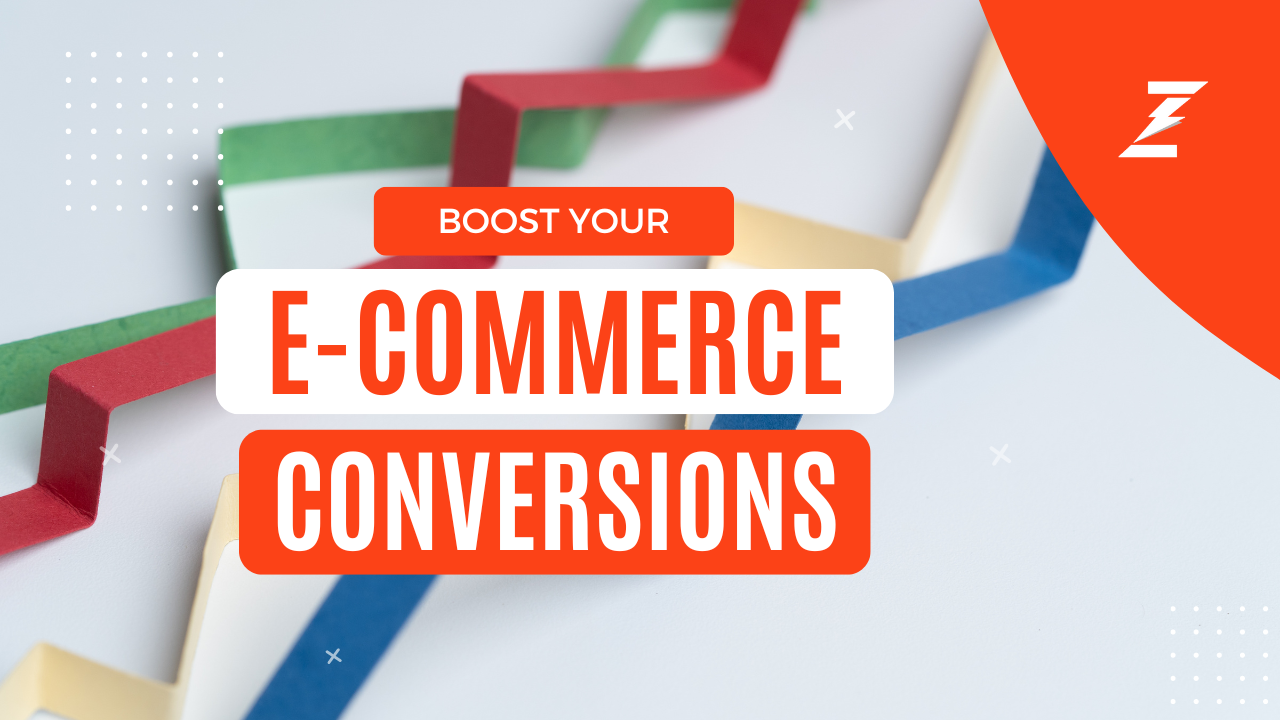
In today’s digital age, having an engaging and functional website is essential for businesses, organizations, and individuals alike. With the rise of website design software, creating a professional-looking website has become more accessible than ever before. In this article, we’ll explore the world of web design software, its importance, key features, types, top options, factors to consider when choosing one, steps to designing a website using such software, and some tips for effective website design.
Importance of Website Design Software
Web design software plays a crucial role in enabling individuals and businesses to create visually appealing and functional websites without the need for extensive coding knowledge or hiring professional designers. It allows users to customize their websites according to their specific needs and preferences, helping them stand out in the crowded online landscape.
Key Features of Website Design Software
Drag-and-Drop Interface
One of the hallmark features of web design software is its drag-and-drop interface, which allows users to easily manipulate elements on the page without writing a single line of code. This intuitive interface makes the website design process accessible to users of all skill levels.
Responsive Design Capabilities
In today’s mobile-centric world, having a responsive website is non-negotiable. Website design software often comes equipped with tools and features that enable users to create websites that look great and function seamlessly across various devices and screen sizes.
Pre-designed Templates
Many web design software options offer a wide range of pre-designed templates for users to choose from. These templates serve as a starting point for users, allowing them to quickly create a professional-looking website without starting from scratch.
Types of Website Design Software
Web design software can be categorized into various types based on their functionality and delivery method.
Offline vs. Online Software
Offline web design software requires users to download and install the software on their computers, providing them with the tools to design and build websites locally. On the other hand, online web design software operates entirely within a web browser, allowing users to design and manage their websites from any internet-enabled device.
All-in-One vs. Specialized Software
All-in-one website design software offers a comprehensive suite of tools and features for designing, building, and managing websites. Specialized software, on the other hand, focuses on specific aspects of website design, such as e-commerce functionality or graphic design.
Top Design Software Options
When it comes to web design software, there are countless options available, each with its own set of features and capabilities. Some of the top options include:
- WordPress: Known for its flexibility and versatility, WordPress powers millions of websites worldwide and offers a wide range of themes and plugins for customization.
- Wix: Wix is renowned for its user-friendly interface and drag-and-drop editor, making it ideal for beginners and small businesses looking to create professional-looking websites.
- Squarespace: Squarespace is known for its stunning templates and built-in e-commerce functionality, making it a popular choice for creative professionals and online merchants.
- Adobe Dreamweaver: Adobe Dreamweaver is a powerful desktop-based web design software that offers advanced features for experienced designers and developers.
Factors to Consider When Choosing Design Software
With so many options available, choosing the right web design software can be daunting. Some key factors to consider include:
- Ease of Use: Look for software that offers an intuitive interface and user-friendly tools.
- Customization Options: Consider the level of customization available, including the ability to modify templates and add custom code.
- Pricing and Plans: Compare pricing plans and features to find a solution that fits your budget and requirements.
- Customer Support: Ensure that the software provider offers responsive customer support to assist you with any issues or questions.
Steps to Designing a Website Using Design Software
Designing a website using web design software typically involves the following steps:
- Choosing a Template: Select a template that aligns with your website’s goals and aesthetics.
- Customizing the Design: Personalize the template by adding your own branding, images, and content.
- Adding Content: Populate your website with engaging and informative content that resonates with your target audience.
- Optimizing for SEO: Optimize your website’s structure and content for search engines to improve its visibility and ranking.
Tips for Effective Website Design
Creating an effective website requires more than just good looks. Here are some tips to keep in mind:
- Keep it Simple: Avoid clutter and focus on delivering a clear and concise message to your audience.
- Prioritize User Experience: Ensure that your website is easy to navigate and provides a seamless user experience across all devices.
- Optimize for Mobile: With the majority of internet users accessing websites on mobile devices, it’s crucial to prioritize mobile responsiveness.
- Test and Iterate: Continuously test and refine your website to identify areas for improvement and optimize its performance.
Conclusion
Website design software has revolutionized the way individuals and businesses create and manage their online presence. With its user-friendly tools and customizable features, anyone can build a professional-looking website with ease. By considering factors such as ease of use, customization options, and responsiveness, you can select the right web design software to bring your digital vision to life.
FAQs
- Is website design software suitable for beginners?
Yes, many web design software options are designed with beginners in mind, offering intuitive interfaces and drag-and-drop editors. - Can I use web design software to create an e-commerce website?
Absolutely! Many web design software options come with built-in e-commerce functionality or integrate seamlessly with e-commerce platforms. - Do I need coding knowledge to use website design software?
While coding knowledge can be helpful, it’s not necessary to use web design software, as many options offer visual editors and pre-designed templates. - Can I switch web design software after I’ve already built my website?
Yes, although it may require some effort to migrate your website to a new platform, it’s entirely possible to switch web design software if you find a better fit for your needs. - Is website design software only suitable for small businesses?
No, web design software is suitable for businesses of all sizes, from small startups to large enterprises.
Ready to create your dream website? Explore the top website design software options mentioned above and start building your online presence today! With user-friendly interfaces and customizable features, designing a professional-looking website has never been easier. Don’t wait any longer – unleash your creativity and get started now!




